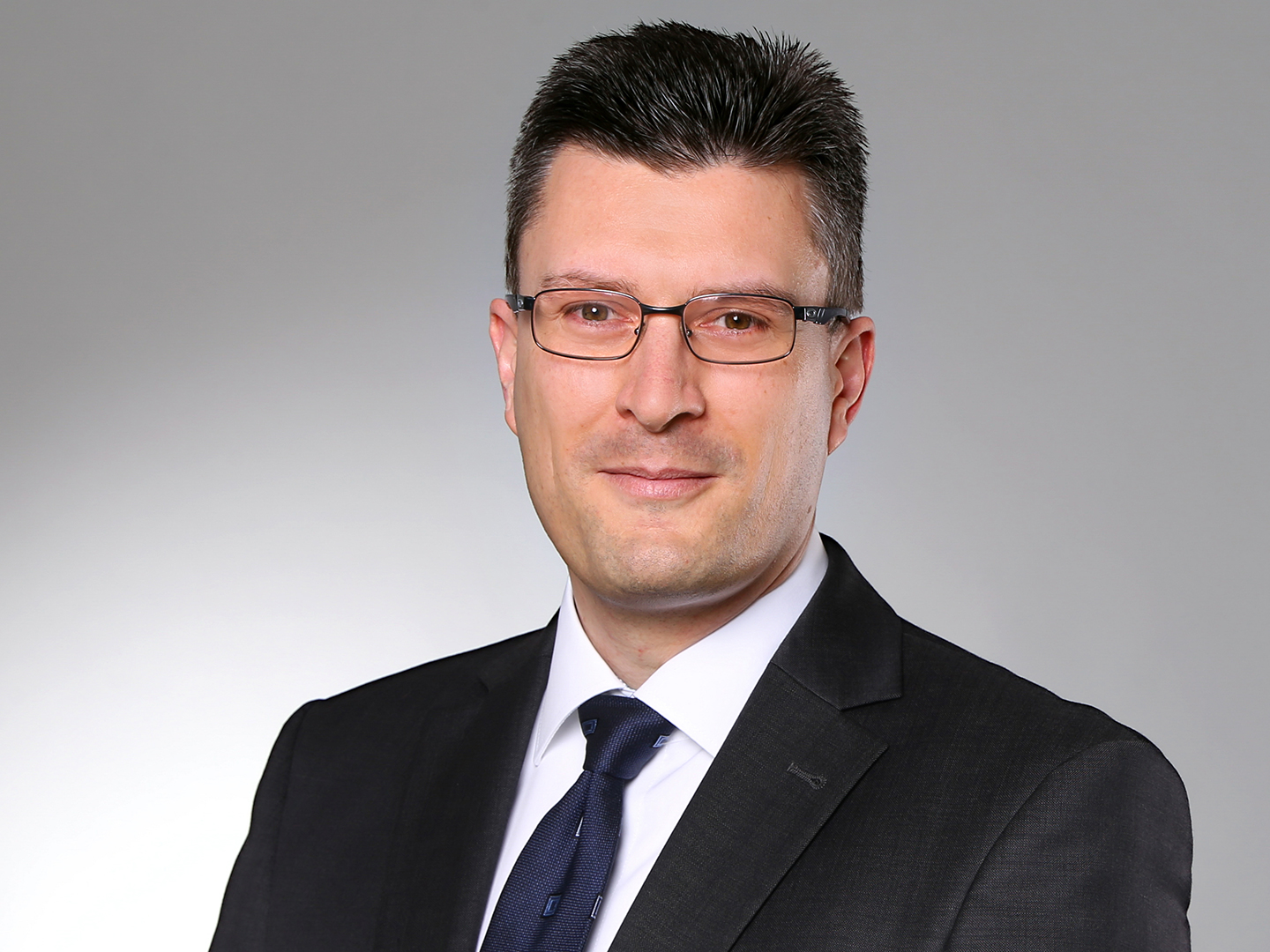... Torsten Müller, Fraunhofer UMSICHT, Head of the subproject "L-KK Coordination and Communication".
Interview of 10.2.2021
The sub-project L-KK Coordination and Communication was added in the second project phase. What were the motivations for this?
Torsten Müller: The second project phase of Carbon2Chem® is intended to lay the necessary foundations for the large-scale implementation of the project results. Compared to the first phase, the focus is therefore even more on cooperation in the overall consortium for a joint overall result based on the results of the individual subprojects. The overall coordination of the work is particularly important here. In order to take this aspect into account, the necessary work will be carried out from within the new subproject and will be separate from the content-related work in the other subprojects.
The Carbon2Chem® project can only provide one building block for defossilization and the reduction of emissions of climate-impacting gases in industry. This component, in turn, can only function within the appropriate framework conditions and requires close cooperation with partners and projects. Therefore, the dialog with science, industry, politics and society is important and will be significantly intensified compared to the first phase. The sub-project L-KK addresses these points and thus forms an important interface for the overall project both internally and externally.
What are the goals of this subproject?
Torsten Müller: The subproject supports the exchange within the project consortium, through the operation of a common IT platform, participation in all project meetings of the subprojects, the organization of internal meetings at management and working level, and the implementation of topic-based meetings at a higher level. Equally important is the project's external dialog with business, science, politics and society. Various concepts are being developed for this purpose and implemented with appropriate measures at runtime. A central point is the development of a position on the regulatory framework conditions that are necessary from the partners' point of view so that Carbon2Chem® and its results can be implemented. For this purpose, the subproject organizes corresponding events.
To what extent do the intended results of the subproject complement the objectives of the Carbon2Chem® joint project?
Torsten Müller: The large-scale implementation of Carbon2Chem® is to take place promptly after the end of the second phase. The first phase has shown that the technical and economic feasibility in combination with the desired ecological benefits is given. However, this can only be achieved with the right framework conditions and a supportive environment. To this end, the more technical results of the project must be communicated and discussed externally. The issue of regulatory framework conditions in particular must be addressed to politicians, as these currently still represent a high hurdle for large-scale implementation. In addition to the technical changes, the industrial transformation process also involves considerable social impacts and must therefore be widely communicated at an early stage. The subproject attempts to address these points in the sense of the overall consortium and thus complements the more technically oriented research and development of the other subprojects.
What are the next steps planned?
Torsten Müller: A full meeting of the consortium is planned for 2021, which will serve, among other things, to coordinate the work with regard to the overall project and the work in the subprojects. In addition, two workshops on central topics of the project are in preparation this year. A communication concept is being worked on together with partner projects. The project's own conference series will probably be continued in November. In parallel, the subproject is working with its partners on an overview of the regulatory framework and its inhibiting or promoting effects with a view to large-scale implementation of the project results.
 Fraunhofer Institute for Environmental, Safety and Energy Technology UMSICHT
Fraunhofer Institute for Environmental, Safety and Energy Technology UMSICHT